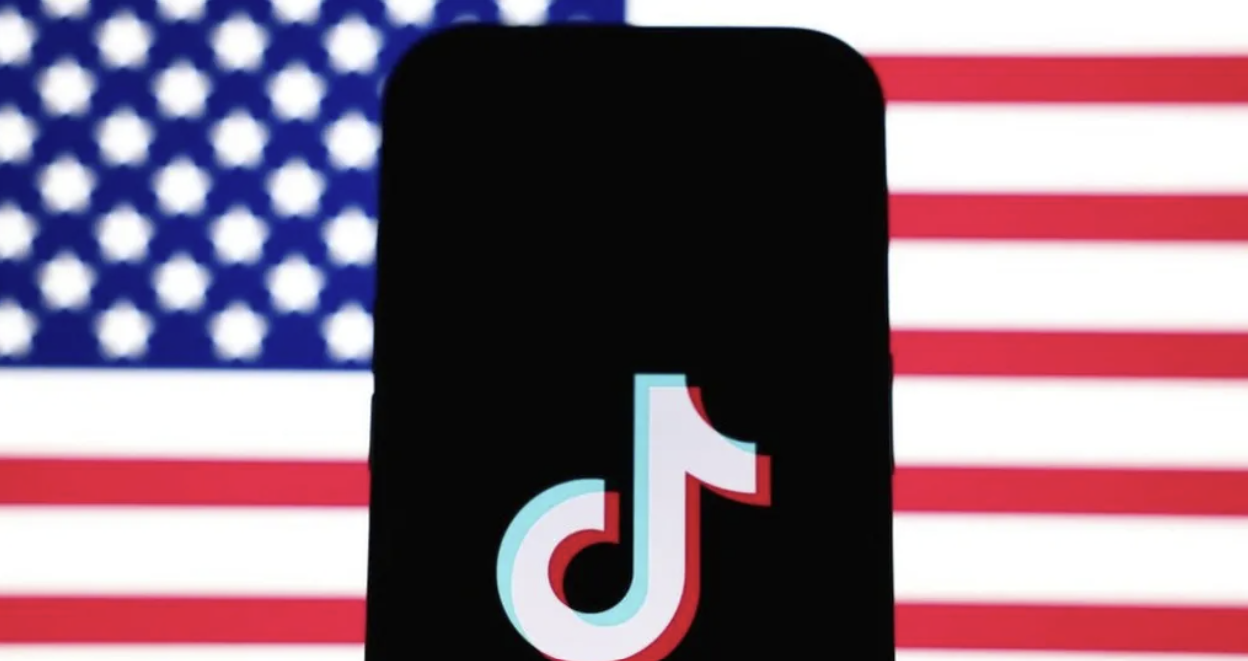Senator Mark Warner, the top Democrat on the Senate Intelligence Committee, has criticised President Donald Trump’s recent move to extend the deadline for ByteDance to divest TikTok’s US operations.
Warner argued that the 75-day extension violates the law passed in 2024, which mandates a complete separation between TikTok’s American entity and its Chinese parent company due to national security concerns.
The deal currently under consideration would allow ByteDance to retain a significant equity stake and maintain an operational role in the new US-based company.
According to Warner, this arrangement fails to satisfy the legal requirement of eliminating Chinese influence over TikTok’s US operations.
He emphasised that any legitimate divestiture must include a complete technological and organisational break, preventing ByteDance from accessing user data or source code.
The White House and TikTok have not issued statements in response to Warner’s criticism. In its second term, Trump’s administration has stated it is in contact with four groups regarding a potential TikTok acquisition.
However, no agreement has been finalised, and China has yet to publicly support a sale of TikTok’s US assets, one of the primary obstacles to completing the deal.
Under the 2024 law, ByteDance was required to divest TikTok’s US business by 19 January or face a ban.
Trump, who retook office on 20 January, chose not to enforce the ban immediately and instead signed an executive order extending the deadline.
The Justice Department further complicated the issue when it told Apple and Google that the law would not be enforced, allowing the app to remain available for download.
As the deadline extension continues to stir controversy, lawmakers like Warner insist that national security and legislative integrity are at stake.
For more information on these topics, visit diplomacy.edu.








